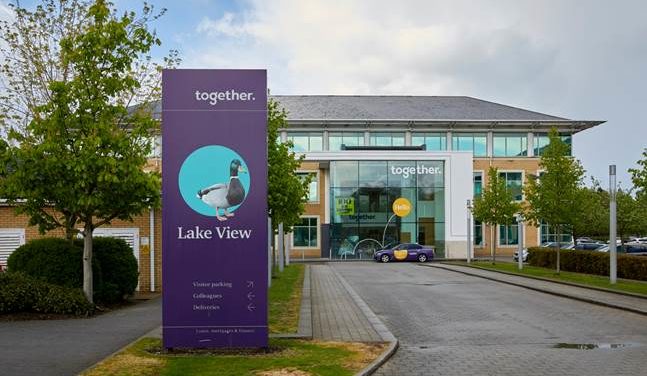AmTrust welcomes HTB2 lenders’ ongoing commitment to high LTV lending
By Bridging Loan Directory
AmTrust International, Mortgage and Special Risks (MSR), the Europe-wide private mortgage insurer, has today (16th January 2017) welcomed the recent public announcements made by lenders who were formally members of the Help to Buy 2 Scheme about their high LTV mortgage products for those with small deposits.
The Help to Buy Mortgage Guarantee Scheme (HTB2) was closed at the end of 2016, with many including AmTrust, voicing concerns this could lead to a fall in high LTV lending throughout 2017.
In the lead up to the closure of the Scheme, and since the start of the new year, a number of former members have announced their replacement high LTV products designed to fill the gap left by HTB2’s closure. These lenders include Halifax, NatWest and Aldermore, amongst others, with 95% LTV products launched as direct replacements for those offered with the HTB2 Scheme.
According to Moneyfacts the sector now has over 30 lenders offering 95% LTV mortgages however AmTrust continues to be cautious around the level of high LTV lending that is likely to be written during 2017.
The latest iteration of its own AmTrust Moneyfacts Mortgage LTV Tracker shows that, while the number of 95% LTV mortgages rose from 246 in December 2015 to 256 in December 2016 – an increase of 4% – the equivalent rise in 75% LTV products was 10%; up from 695 a year previously to 763 in December.
AmTrust believes more lenders will offer high LTV products throughout the year, including former HTB2 members, however wants to emphasise that lenders should ensure they have sufficient protection against the risk that comes with low-deposit loans.
It is urging lenders looking at their high LTV appetite to consider the use of private mortgage insurance in order to mitigate against this higher risk.
Patrick Bamford, Business Development Director at AmTrust International, Mortgage and Special Risks commented:
“With a number of former lender members announcing their HTB2 replacement products recently, it appears there remains an ongoing commitment to support those borrowers, particularly first-time buyers, who have smaller deposit levels to work with. However, product numbers do not necessarily translate into actual loans and our own research showed a not insignificant decline in HTB2 activity from its high-water mark in 2014, up until the point the Scheme closed on the 31st December.
“It’s always been our concern that lenders, who may well have seen the benefits of a Government guarantee as a reason to lend in the high LTV space, would decide that the risk was not worthwhile once that guarantee ended. Having said that, from our conversations with HTB2 members there has been a willingness to look at private guarantee alternatives and certainly we anticipate more lenders utilising private mortgage insurance in order to remain active and competitive in this space of the market. For those that are currently not looking at this option, we would urge them to think again.
“Also, given the focus on building far greater numbers of new affordable homes, we also have to marry this up with the availability of finance and the requirements of those seeking to buy such properties. It’s therefore vital that we have a fully-functioning, strong high LTV mortgage market and that lenders utilise private mortgage guarantees in order to offer these loans and to ensure they have the option to protect against the risk in this sector.”









